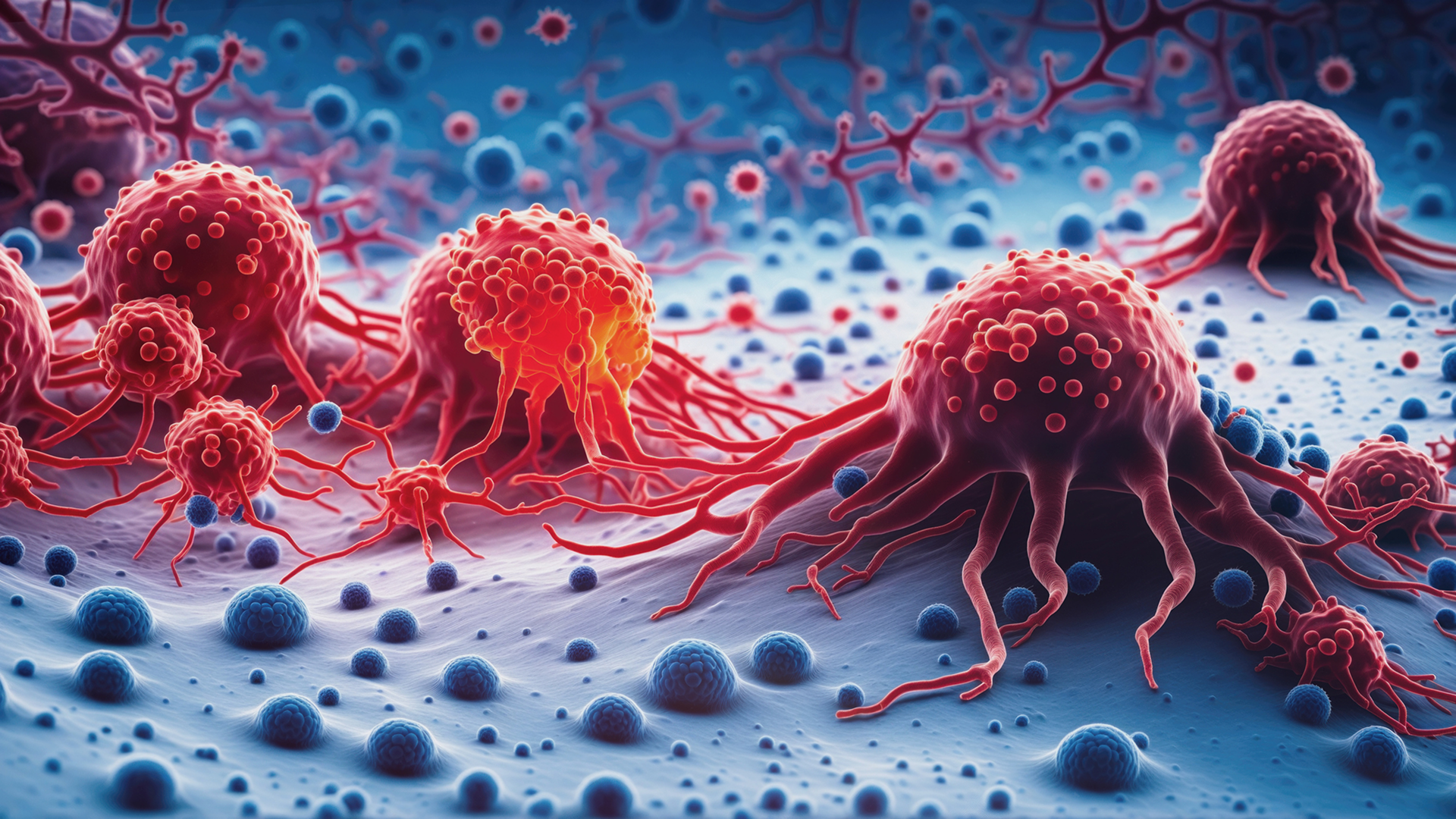Breast Cancer Metastasis
Metastatic Breast Cancer (MBC), also known as Stage IV or Stage 4 breast cancer, occurs when breast cancer spreads beyond the breast to other parts of the body. About 6% of women are diagnosed with breast cancer are diagnosed at Stage 4 – or de novo – from their initial diagnosis, according to the National Breast Cancer Foundation.
A Stage 4 diagnosis can happen months or even years after the initial diagnosis and treatment. Common areas where breast cancer metastasizes include the bones, liver, lungs, and brain. Symptoms of MBC vary depending on where the cancer has spread. For example, if it spreads to the bones, you might experience sudden joint pain or bone fractures. If it spreads to the lungs, symptoms might include a persistent cough or difficulty breathing.
While MBC is currently considered incurable by the medical profession of this writing in September of 2025, there are off-label and alternative treatments available to manage symptoms. Medications and other treatments vary depending on where the cancer has spread.
When breast cancer metastasizes, it most commonly spreads to the following sites, in order of likelihood:
- Bones: 60% to 75% of the time
- Lungs: 32% to 37% of the time
- Liver: 32% to 35% of the time
- Brain: Less common, but still significant – up to 10% of cases
- Gastrointestinal Tract: Metastasis to this area occurs in 4% to 8% of cases
- Cutaneous(skin) Breast Cancer: 1-2% of metastasis spread to the skin, most commonly the breast skin
Unfortunately it is difficult in this stage to get a straight answer as to what exactly is going on because of the complexity of staging breast cancer. It can be a simpler process to further define terms:
What is Locally Advanced Breast Cancer (LABC)?
LABC is breast cancer that has spread beyond the breast tissue but has not yet metastasized to distant organs. It typically involves nearby structures such as the chest wall, skin, or regional lymph nodes. Here are some key characteristics:
- Tumor Size: The tumor is often large, typically more than 5 centimeters in diameter.
- Involvement of Nearby Tissues: It may invade the chest wall, skin, or both, causing visible changes like swelling, redness, or ulceration.
- Lymph Node Involvement: Cancer may spread to multiple lymph nodes in the armpit or near the collarbone.
- Inflammatory Breast Cancer: This aggressive subtype of LABC causes the breast to appear red, swollen, and warm, often resembling an orange peel.
What is Advanced Breast Cancer?
Advanced breast cancer refers to cancer that has progressed beyond the early stages. It includes:
- Locally Advanced Breast Cancer: Cancer has spread beyond the breast to nearby tissues, such as the chest wall or skin, but has not reached distant organs.
- Metastatic Breast Cancer (Stage 4): Cancer has spread to distant parts of the body, such as the bones, liver, lungs, or brain.
What is Metastatic Breast Cancer?
Metastatic breast cancer, also known as Stage IV breast cancer, occurs when cancer cells spread from the breast to other parts of the body, such as the bones, liver, lungs, or brain. This process is called metastasis. Here are some key points:
- Symptoms: Symptoms vary depending on where the cancer has spread. For example:
- Bones: Pain, fractures, or swelling.
- Lungs: Persistent cough, shortness of breath, or chest pain.
- Liver: Jaundice, abdominal pain, or nausea.
- Brain: Headaches, vision problems, or seizures.
- Diagnosis: It is typically diagnosed through imaging tests (like CT scans, MRIs, or PET scans) and biopsies to confirm the spread.
- Treatment: Metastatic breast cancer is not curable in 2025, however, there are treatments to help control the disease and improve symptoms. Options include Standard of Care therapies like hormone therapy, chemotherapy, targeted therapy, and immunotherapy and Off-Label & Alternative systemic treatments also
- Prognosis: Advances in treatment have improved survival rates, allowing some patients to manage the disease as a chronic condition.

Prognosis for Metastatic Breast Cancer
The prognosis for metastatic breast cancer (stage IV) varies widely depending on several factors, including the patient’s overall health, the specific characteristics of the cancer, and how well it responds to treatment. While metastatic breast cancer is currently incurable, advancements in treatment have improved the longevity for some patients.
On average, the 5-year survival rate for metastatic breast cancer is overall generally poor, around 35%, according to National Breast Cancer Foundation. However, it’s important to remember that this statistic is an averages and each person’s experience is unique. Some sources note that 22–34% of patients live beyond five years, especially with personalized care plans that are based on Non-Toxic Off-Label and Alternative treatment protocols.
Many women who opted for Standard of Care treatments at diagnosis become open to Off- Label treatments, Alternative Treatments and Combination Treatments at this stage of their breast cancer. These treatments will improve their quality of life and have been known to effect remission! Exploring more options can also be emotionally soothing.
It’s crucial to advocate for yourself ! Create a medical team that will develop a treatment plan with you that addresses your life goals. BCA Breast Cancer SmakDown PlayBook can help you!

Empower Yourself Now!
More Resources
References
- Cancer Genomics & Proteomics, Reviews the mechanisms of breast cancer metastasis
- Verywell Health, Explores the common sites of breast cancer metastasis and why breast cancer spreads.
- National Cancer Institute (NCI), Covers metastatic breast cancer, how it spreads, treatment options,
- BreastCancer.org, Discusses metastatic breast cancer & treatments


